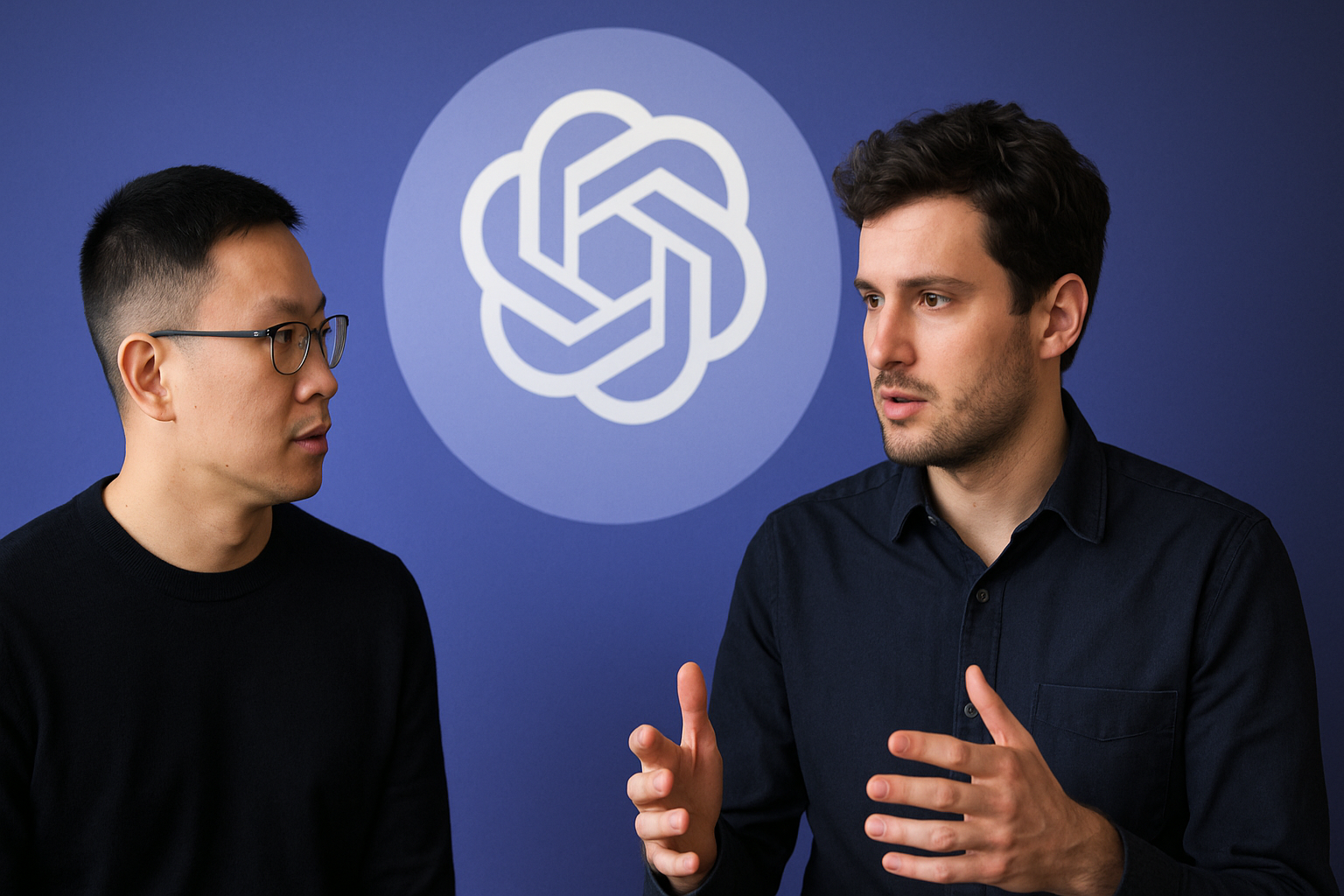In the rapidly evolving landscape of artificial intelligence, OpenAI’s largest ambitions are no longer confined to experimental labs they’re actively shaping the world’s technological, ethical, and even philosophical trajectory. With ChatGPT handling over 2.5 billion queries daily. OpenAI is not just a product powerhouse, but a bold visionary institution aiming to build artificial general intelligence (AGI) that benefits all of humanity.
But what does that mean in practice? What truly lies behind the sleek interface of ChatGPT and OpenAI’s APIs? Let’s take a deeper, human focused dive into the minds of the very people steering OpenAI’s most daring mission.
The Dual Mission: Profits and Principles
At first glance, OpenAI may seem like just another tech company competing in the AI race. But that’s far from the truth. From the very beginning, OpenAI has walked a fine line between commercial innovation and humanitarian responsibility. According to Chief Research Officer Mark Chen, the company’s ultimate purpose remains rooted in creating AGI that not only surpasses human capability in most economically valuable work but also serves the collective good.
Our challenge is not just building powerful AI but ensuring that it’s aligned with human values, accessible to all, and doesn’t create more harm than good, says Chen. This vision OpenAI’s largest ambitions is not simply about being first. It’s about being responsible.
One major milestone OpenAI has championed in its AGI pursuit is Reinforcement Learning from Human Feedback (RLHF). This method allows models to learn from actual human preferences instead of just vast data sets.
Take ChatGPT-4, for example. RLHF was a cornerstone in making the model more helpful, less toxic, and better aligned with user expectations. According to OpenAI’s internal evaluation, RLHF improved the model’s alignment with human intent by over 70% compared to baseline supervised learning.
This was a huge leap not only in capability but also in trust. Because in a world where AI can write code, interpret medical documents, and simulate emotions, alignment is everything.
A Global Ethical Experiment
Dr. Fei-Fei Li, professor at Stanford University and one of the pioneers in computer vision, sees OpenAI’s trajectory as something more than technological evolution. We’re witnessing a global ethical experiment. What OpenAI is attempting with alignment, transparency, and AGI governance is unprecedented, she says.
She warns, however, that such ambitions are only achievable with global cooperation, not just corporate leadership. Similarly, AI safety expert Stuart Russell notes that OpenAI’s mission forces the entire industry to redefine success not in terms of market share, but in human impact. If AGI is created but not controlled, we’re doomed. But if done right, it could eliminate poverty, disease, and maybe even war.
Building AI with Purpose
Jakub Pachocki, OpenAI’s Chief Scientist, shared his personal motivation in a recent conversation. When I started in AI, I was fascinated by what machines could do. But now, I’m more interested in what machines should do, he said.
He believes that the emotional and psychological impact of AI on human lives is underestimated. His team is working on systems that not only reason better but also understand the social context of their actions.
That’s why OpenAI is investing in interpretability, bias mitigation, and multi disciplinary research. They’re collaborating with policy experts, educators, and mental health professionals to develop tools that are socially aware not just technically smart.
Challenges on the Road Ahead
Despite the grand vision, the path to AGI is littered with risks and unknowns. One concern among critics is the lack of transparency around the most powerful models. While OpenAI does release some safety reports, the closed source nature of its most advanced systems, like GPT-4, has led to criticism from the open source community.
If AGI is going to affect all of humanity, then all of humanity should be involved in its creation, argues Sarah Myers West, Managing Director at the AI Now Institute. OpenAI has responded by saying that releasing full model weights could accelerate uncontrollable misuse something they believe the world is not ready for yet.
AGI and the Global Commons
OpenAI’s roadmap to AGI includes building models that can reason, plan, and interact more naturally across multiple domains science, healthcare, law, education. But beyond technical goals the company is pushing for a global AGI governance framework.
That includes working with the UN, tech coalitions, and governments to develop guardrails for deployment, economic redistribution policies, and international safety standards. AGI isn’t a product. It’s a global event, like climate change or nuclear power, says Mark Chen. It will redefine what it means to be human and we need to be ready.
OpenAI’s Largest Ambitions Are Humanity’s Biggest Opportunity
The story of OpenAI is still being written. But one thing is clear, OpenAI’s largest ambitions are not about domination, but responsibility. In their labs, models are being trained to be not just smarter but wiser. With every algorithm, OpenAI inches closer to a future where AGI isn’t a threat but a trusted partner in solving the world’s biggest problems.
As this journey continues, the real question isn’t just what OpenAI will build next but how we as a global society will shape, share, and safeguard what comes after.

